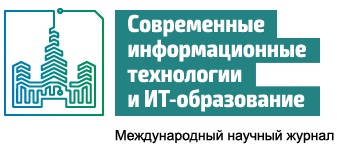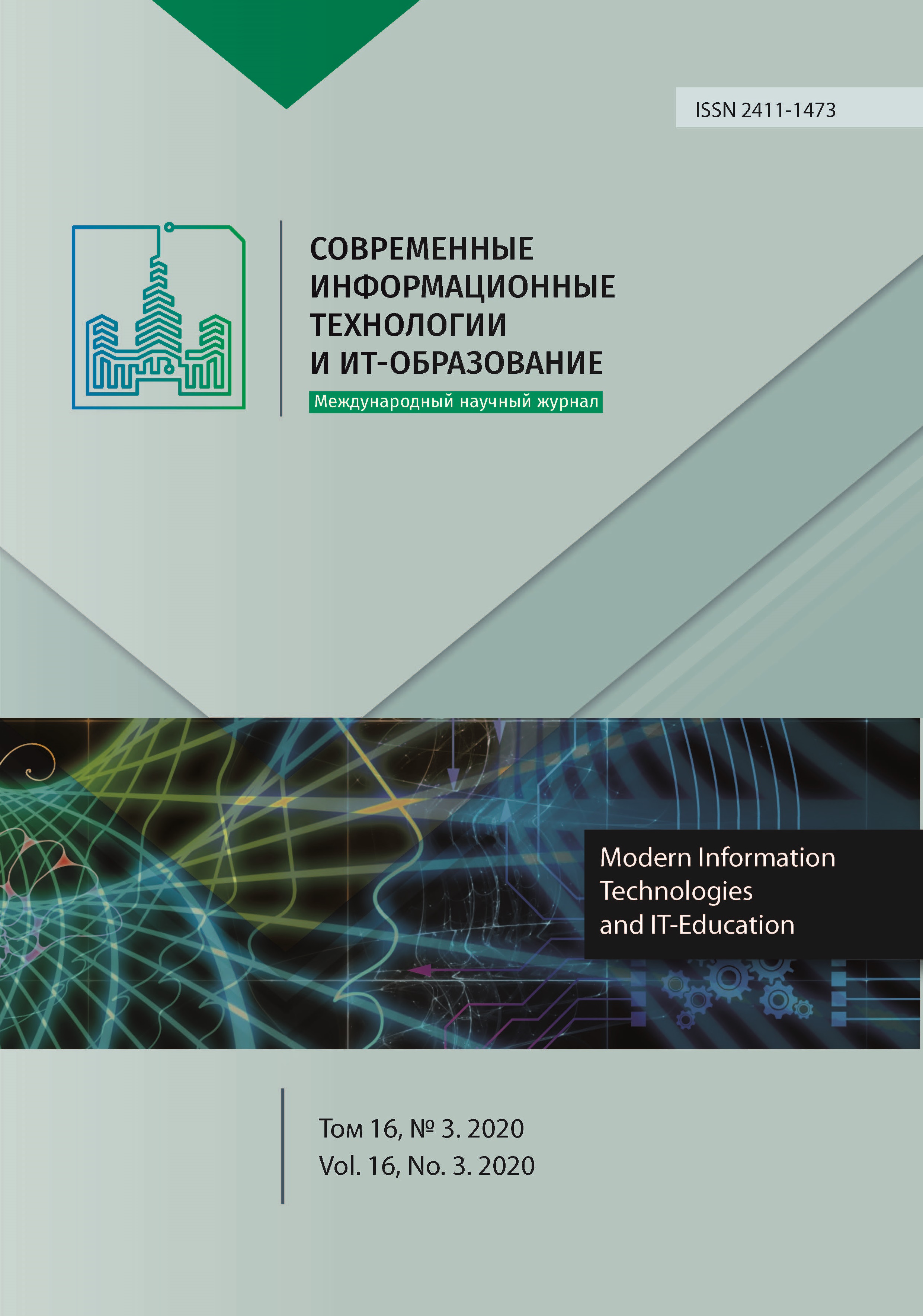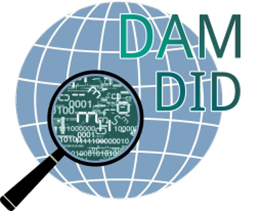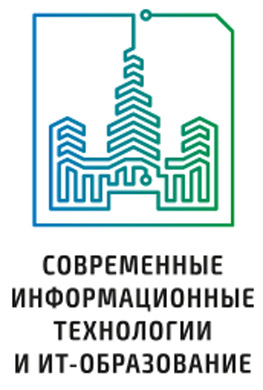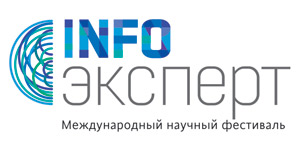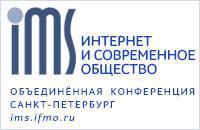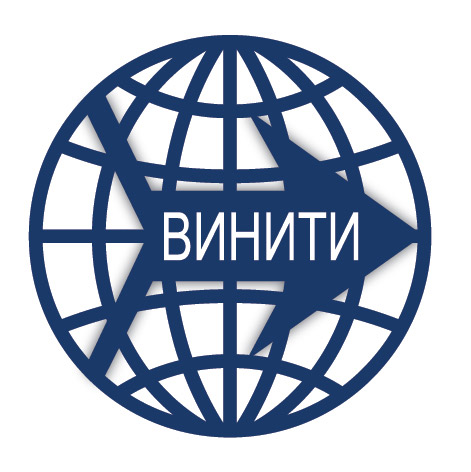Модель цифровых навыков кибербезопасности 2020
Аннотация
Стремительные темпы всеобъемлющей цифровизации социума обусловливают рост технологической сложности и масштабности кибер-угроз, как в частном, так и в государственном секторах экономики. Это делает подготовку высококвалифицированных кадров по кибербезопасности приоритетной задачей системы образования и сферы управления персоналом и приводит к необходимости постоянного совершенствования программ подготовки профессионалов в области кибербезопасности.
В статье представлены результаты разработки модели цифровых навыков для области кибербезопасности (информационной безопасности), собственно описание архитектуры модели, определяющей состав категорий и доменов навыков, востребованных для профессиональных кадров по кибербезопасности, а также состав навыков для основных профильных категорий модели. Модель навыков разработана с целью определения требований к учебным программам подготовки соответствующих профессиональных кадров, а также для разработки на ее основе свода знаний по кибербезопасности и куррикулума нового поколения – важнейших методических инструментов системы образования.
Литература
[2] Sukhomlin V., Zubareva E. Analytical Review of the Current Curriculum Standards in Information Technologies. In: Sukhomlin V., Zubareva E. (ed.) Modern Information Technology and IT Education. SITITO 2018. Communications in Computer and Information Science. 2020; 1201:3-41. Springer, Cham. (In Eng.) DOI: https://doi.org/10.1007/978-3-030-46895-8_1
[3] Cyber2yr2020 Task Group. Cybersecurity Curricular Guidance for Associate-Degree Programs. Association for Computing Machinery, New York, NY, USA; 2020. (In Eng.) DOI: https://doi.org/10.1145/3381686
[4] Joint Task Force on Computing Curricula, Association for Computing Machinery (ACM) and IEEE Computer Society. Computer Science Curricula 2013: Curriculum Guidelines for Undergraduate Degree Programs in Computer Science. Association for Computing Machinery, New York, NY, USA; 2013. (In Eng.) DOI: https://doi.org/10.1145/2534860
[5] Nai Fovino I., Neisse R., Hernandez Ramos J.L., Polemi N., Ruzzante G.-L., Figwer M., Lazari A. A Proposal for a European Cybersecurity Taxonomy, EUR 29868 EN. Publications Office of the European Union, Luxembourg; 2019. (In Eng.) DOI: https://doi.org/10.2760/106002
[6] Ackerman P.L. Individual differences and skill acquisition. In: Ackerman P.L., Sternberg R.J., Glaser R. (ed.) A series of books in psychology. Learning and individual differences: Advances in theory and research. W H Freeman/Times Books/ Henry Holt & Co; 1989. p. 165-217. (In Eng.)
[7] Conte S.D., Hamblen J.W., Kehl W.B., Navarro S.O., Rheinboldt W.C., Young D.M., Atchinson W.F. An undergraduate program in computer science - preliminary recommendations. Communications of the ACM. 1965; 8(9):543-552. (In Eng.) DOI: https://doi.org/10.1145/365559.366069
[8] Atchison W.F., Conte S.D., Hamblen J.W., Hull T.E., Keenan T.A., Kehl W.B., McCluskey E.J., Navarro S.O., Rheinboldt W.C., Schweppe E.J., Viavant W., Young D.M. Curriculum 68: Recommendations for academic programs in computer science: a report of the ACM curriculum committee on computer science. Communications of the ACM. 1968; 11(3):151-197. (In Eng.) DOI: https://doi.org/10.1145/362929.362976
[9] Austing R.H., Barnes B.H., Bonnette D.T., Engel G.L., Stokes G. Curriculum '78: recommendations for the undergraduate program in computer science - a report of the ACM curriculum committee on computer science. Communications of the ACM. 1979; 22(3):147-166. (In Eng.) DOI: https://doi.org/10.1145/359080.359083
[10] Tucker A.B. Computing Curricula 1991. Communications of the ACM. 1991; 34(6):68-84. (In Eng.) DOI: https://doi.org/10.1145/103701.103710
[11] CORPORATE The Joint Task Force on Computing Curricula. Computing curricula 2001. Journal on Educational Resources in Computing. 2001; 1(3es):1-es. (In Eng.) DOI: https://doi.org/10.1145/384274.384275
[12] CORPORATE The Joint Task Force on Computing Curricula. Computing Curricula 2005. ACM and IEEE; 2005. (In Eng.)
[13] Comer D.E., Gries D., Mulder M.C., Tucker A., Turner A.J., Young P.R., Denning P.J. Computing as a discipline. Communications of the ACM. 1989; 32(1):9-23. (In Eng.) DOI: https://doi.org/10.1145/63238.63239
[14] Blair J.R.S., Chewar C.M., Raj R.K., Sobiesk E. Infusing Principles and Practices for Secure Computing Throughout an Undergraduate Computer Science Curriculum. In: Proceedings of the 2020 ACM Conference on Innovation and Technology in Computer Science Education (ITiCSE '20). Association for Computing Machinery, New York, NY, USA; 2020. p. 82-88. (In Eng.) DOI: https://doi.org/10.1145/3341525.3387426
[15] Topi H., Karsten H., Brown S.A., Carvalho J.A., Donnellan B., Shen J., Tan B.C.Y., Thouin M.F. MSIS 2016: Global Competency Model for Graduate Degree Programs in Information Systems. Technical Report. Association for Computing Machinery, New York, NY, USA; 2017. (In Eng.) DOI: https://doi.org/10.1145/3129538
[16] Leidig P.M., Cassel L. ACM Taskforce Efforts on Computing Competencies for Undergraduate Data Science Curricula. In: Proceedings of the 2020 ACM Conference on Innovation and Technology in Computer Science Education (ITiCSE '20). Association for Computing Machinery, New York, NY, USA; 2020. p. 519-520. (In Eng.) DOI: https://doi.org/10.1145/3341525.3393962
[17] Bloom B.S., Krathwohl D.R. Taxonomy of Educational Objectives: The Classification of Educational Goals. Handbook I: Cognitive Domain. By a Committee of College and University Examiners. New York, NY; Longmans, Green, 1956. (In Eng.)
[18] Moore J.W. The Road Map to Software Engineering: A Standards-Based Guide, 1st ed. Wiley-IEEE Computer Society Press; 2006. (In Eng.)
[19] Friesen N., Roberts A., Fisher S. CanCore: Metadata for Learning Objects. Canadian Journal of Learning and Technology. 2002; 28(3). (In Eng.) DOI: https://doi.org/10.21432/T2930T
[20] Verbert K., Duval E. ALOCOM: a generic content model for learning objects. International Journal on Digital Libraries. 2008; 9(1):41-63. (In Eng.) DOI: https://doi.org/10.1007/s00799-008-0039-8
[21] Peoples B.E. Innovative e-Learning: information technology and standards, a current and future perspective. Journal of East China Normal University (Natural Sciences). 2012; (2):1-12. (In Eng.)
[22] Parrish A., Impagliazzo J., Raj R.K., Santos H., Asghar M.R., Jøsang A., Pereira T., Sá V.J., Stavrou E. Global perspectives on cybersecurity education. In: Proceedings of the 23rd Annual ACM Conference on Innovation and Technology in Computer Science Education (ITiCSE 2018). Association for Computing Machinery, New York, NY, USA; 2018. p. 340-341. (In Eng.) DOI: https://doi.org/10.1145/3197091.3205840
[23] Hawthorne E.K. Multifarious initiatives in cybersecurity education. ACM Inroads. 2013; 4(3):46-47. (In Eng.) DOI: https://doi.org/10.1145/2505990.2505999
[24] Cabaj K., Domingos D., Kotulski Z., Respício A. Cybersecurity education: Evolution of the discipline and analysis of master programs. Computers & Security. 2018; 75:24-35. (In Eng.) DOI: https://doi.org/10.1016/j.cose.2018.01.015
[25] Švábenský V., Čeleda P., Vykopal J., Brišáková S. Cybersecurity knowledge and skills taught in capture the flag challenges. Computers & Security. 2021; 102:102154. (In Eng.) DOI: https://doi.org/10.1016/j.cose.2020.102154
[26] John S.N., Noma-Osaghae E., Oajide F., Okokpujie K. Cybersecurity Education: The Skills Gap, Hurdle! In: Daimi K., Francia III G. (ed.) Innovations in Cybersecurity Education. Springer, Cham; 2020. p. 361-376. (In Eng.) DOI: https://doi.org/10.1007/978-3-030-50244-7_18
[27] Hodson C. Cybersecurity Skills. In: Jajodia S., Samarati P., Yung M. (ed.) Encyclopedia of Cryptography, Security and Privacy. Springer, Berlin, Heidelberg; 2020. (In Eng.) DOI: https://doi.org/10.1007/978-3-642-27739-9_1577-1
[28] Wang P., Sbeit R. A Comprehensive Mentoring Model for Cybersecurity Education. In: Latifi S. (ed.) 17th International Conference on Information Technology - New Generations (ITNG 2020). Advances in Intelligent Systems and Computing. 2020; 1134:17-23. Springer, Cham. (In Eng.) DOI: https://doi.org/10.1007/978-3-030-43020-7_3
[29] Ghernaouti S., Wanner B. Research and Education as Key Success Factors for Developing a Cybersecurity Culture. In: Bartsch M., Frey S. (ed.) Cybersecurity Best Practices. Springer Vieweg, Wiesbaden; 2018. p. 539-552. (In Eng.) DOI: https://doi.org/10.1007/978-3-658-21655-9_38
[30] Read H., Sutherland I., Xynos K., Drange T., Sundt E. The Impact of Changing Technology on International Cybersecurity Curricula. In: Tryfonas T. (ed.) Human Aspects of Information Security, Privacy and Trust. HAS 2017. Lecture Notes in Computer Science. 2017; 10292:518-528. Springer, Cham. (In Eng.) DOI: https://doi.org/10.1007/978-3-319-58460-7_36

Это произведение доступно по лицензии Creative Commons «Attribution» («Атрибуция») 4.0 Всемирная.
Редакционная политика журнала основывается на традиционных этических принципах российской научной периодики и строится с учетом этических норм работы редакторов и издателей, закрепленных в Кодексе поведения и руководящих принципах наилучшей практики для редактора журнала (Code of Conduct and Best Practice Guidelines for Journal Editors) и Кодексе поведения для издателя журнала (Code of Conduct for Journal Publishers), разработанных Комитетом по публикационной этике - Committee on Publication Ethics (COPE). В процессе издательской деятельности редколлегия журнала руководствуется международными правилами охраны авторского права, нормами действующего законодательства РФ, международными издательскими стандартами и обязательной ссылке на первоисточник.
Журнал позволяет авторам сохранять авторское право без ограничений. Журнал позволяет авторам сохранить права на публикацию без ограничений.
Издательская политика в области авторского права и архивирования определяются «зеленым цветом» в базе данных SHERPA/RoMEO.
Все статьи распространяются на условиях лицензии Creative Commons «Attribution» («Атрибуция») 4.0 Всемирная, которая позволяет другим использовать, распространять, дополнять эту работу с обязательной ссылкой на оригинальную работу и публикацию в этом журналe.
